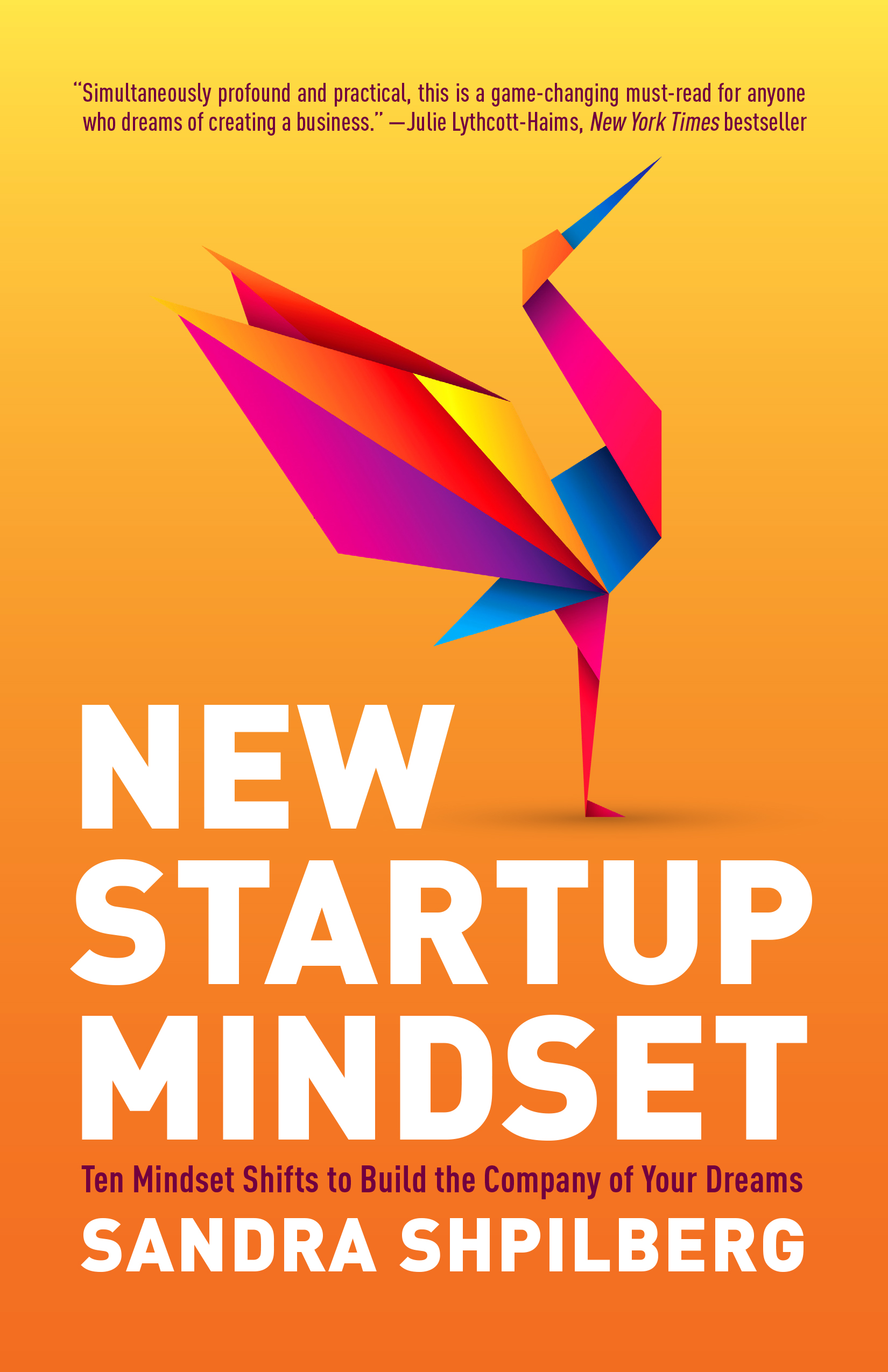The formula: Young male founder in a garage in Silicon Valley. He’s Caucasian, Indian, or Asian, and a programmer. He has a cofounder in the same demographic. He’s accepted into that fancy name incubator, where he spends three months focusing on how to turn his idea into a business and learning how to pitch for venture capital. He receives incubator and angel funds and spends the next year attempting to figure out how to prove traction. If he only had more funding, he thinks.
He pitches to venture capitalists (VCs). Then, based on untethered optimism and a fictitious valuation, not rooted in the fundamentals of business—that is, revenue and profit—he closes his Series A of funding. He’s exhausted from the fundraising round, but he uses whatever adrenaline he can muster to build the company. He hires a team of programmers and some equally expensive “adults in the room.” He leases a shiny office in San Francisco, with a view of a lit-up suspension bridge and an endless smorgasbord of free food. Even though there’s a business to build, he devotes most of his time to fundraising—every round gets more tech press coverage and increases the fictional valuation. He knows that every fundraising round dilutes his stake in the company, but he chalks up this math to the name of the game—the formula for startups—the way to build a new company. Until the customers don’t show up, or don’t stay, and the VCs stop coming to board meetings. The company limps along for another year, spending investors’ money.
I’m here to tell you that this formula is broken.
This formula is broken because it disregards real results such as revenue and profit, and puts excessive emphasis on hype and improbable outsized outcomes. This formula is in itself a limiting belief, which on a daily basis stops many creators from starting and building companies.
There’s another way to create a company that makes an impact.
From 2015 to 2018, I led my company from nothing at all to a leading patient-finding platform that served forty-plus biotechnology customers, doubled revenue, and tripled profit each year. We connected millions of patients with serious conditions to clinical trials for investigational treatments. In 2018, my startup was acquired by a large life science services conglomerate.
During this entrepreneurial pursuit, I did almost everything differently than the traditional path: I chose to be a solo founder. I didn’t pursue an incubator. I didn’t accept outside funding from angel investors or venture capitalists. I charged customers from day one for work they found valuable. I led the development of software even though I wasn’t a programmer. I hired the smallest possible team, and let the “machine,” the software we built to achieve automation, scale us. Our office was the size of a walk-in closet at a coworking space, and instead of free food we preferred work-from-home Fridays. Instead of fictitious valuations, I booked revenue and profit—the basic measures of any business that’s meant to continue and thrive. Instead of smoke and mirrors, hype and ego, I focused exclusively on acquiring paying customers and improving the way we served them.
Oh, and I almost forgot to label myself: I’m a woman, an immigrant from Uruguay, a mother of two school-aged children, and a person who needs eight hours of sleep each day.
Despite not following the formula and not being the formula, my startup still went “up and to the right.” Our startup focused on customers and impact, on providing valuable jobs to a mentally healthy team, and on growth – that of our company, our customers and our own.
I’m on the other side of this journey now, and you deserve to know how you too can chuck the formula, adopt the new startup mindset, and build the company of your dreams.

Excerpt from New Startup Mindset: Ten Mindset Shifts to Build the Company of Your Dreams, posted with permission from the author and publisher.


